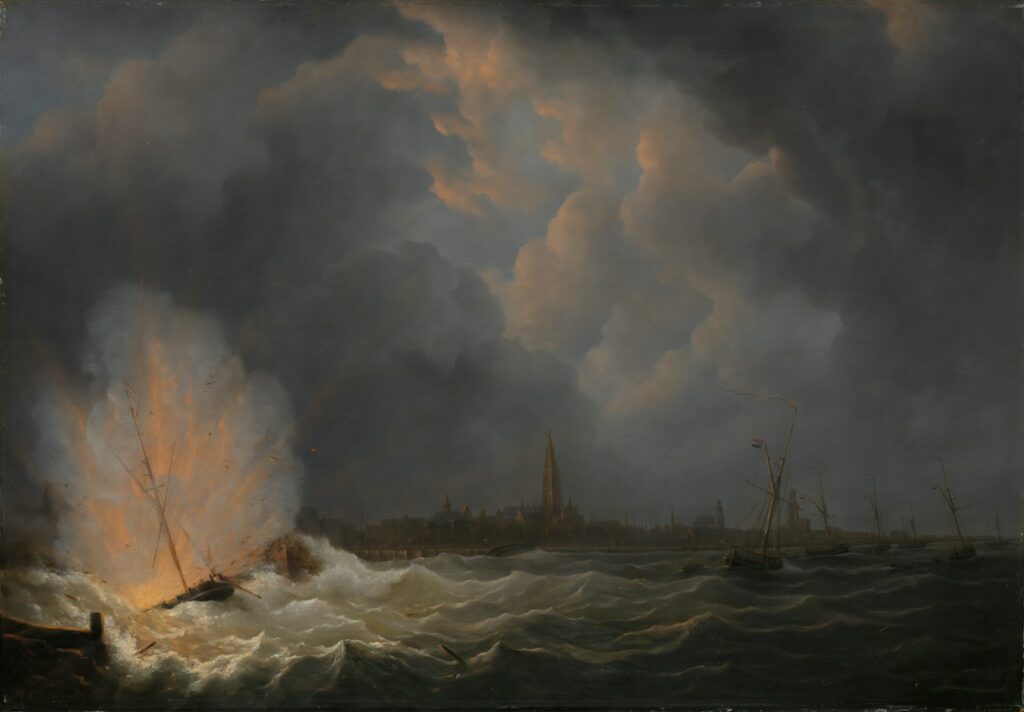The archetype of the aloof romantic hero has captivated audiences for centuries, appearing across a myriad of cultural narratives, from classical literature to contemporary cinema. This enigmatic figure, often brooding and mysterious, harbors a depth of sensitivity and complexity that is gradually unveiled, typically in the context of a burgeoning romance. This article delves into the origins, characteristics, and enduring appeal of the aloof romantic hero, exploring how this archetype not only reflects societal norms and values but also speaks to the universal quest for understanding and intimacy.
The aloof romantic hero is a staple in literature, offering readers a complex character who evolves significantly throughout the narrative. Here are some iconic examples from various literary works:
Mr. Darcy from “Pride and Prejudice” by Jane Austen: Perhaps one of the most famous aloof romantic heroes, Fitzwilliam Darcy initially comes across as proud and cold, especially in his interactions with Elizabeth Bennet. However, as the story unfolds, his true, generous nature and deep love for Elizabeth are revealed, making him a quintessential example of this archetype.
Heathcliff from “Wuthering Heights” by Emily Brontë: Heathcliff is often cited as a classic Byronic hero, embodying traits of aloofness and mystery. His turbulent and dark nature, coupled with his passionate love for Catherine, showcases the complexity and depth often found in aloof romantic heroes.
Edward Rochester from “Jane Eyre” by Charlotte Brontë: Rochester’s brooding demeanor and secretive past make him an intriguing, if not entirely typical, aloof romantic hero. His transformation and the deepening of his relationship with Jane Eyre illustrate the redemptive power of love central to this archetype.
Mr. Thornton from “North and South” by Elizabeth Gaskell: John Thornton, a mill owner in the industrial town of Milton, at first appears stern and harsh to the novel’s protagonist, Margaret Hale. However, his reserved exterior hides a capacity for deep feeling and a strong moral compass, characteristics that endear him to readers as his character is more fully revealed.
Severus Snape from the “Harry Potter” series by J.K. Rowling: Though not a romantic hero in the traditional sense, Snape embodies many characteristics of the aloof hero archetype, especially in his complex relationship with Lily Potter. His story, revealed in layers throughout the series, highlights themes of unrequited love, redemption, and the transformative power of hidden depths.
Jamie Fraser from the “Outlander” series by Diana Gabaldon: While not aloof in the traditional sense, Jamie Fraser possesses the depth, complexity, and mysterious past characteristic of the archetype. His evolving relationship with Claire and the challenges they face together reveal the strength and vulnerability beneath his warrior exterior.
These characters, each in their unique ways, exemplify the aloof romantic hero’s enduring appeal, showcasing the intricate dance between surface impressions and the deeper truths of the heart.
Origins and Evolution
The aloof romantic hero can trace its roots back to the Byronic hero, named after the English poet Lord Byron, whose own life and characters in his works embodied qualities of high intellect, cynicism, defiance, and a troubled past. This archetype evolved through Romantic literature, where characters displayed an intense emotional depth and a disdain for societal norms, often harboring a secret sorrow or a dark past. From Mr. Darcy in Jane Austen’s “Pride and Prejudice” to Edward Rochester in Charlotte Brontë’s “Jane Eyre,” literature is replete with aloof heroes whose initial coldness and detachment mask a passionate, vulnerable interior.
Characteristics
The aloof romantic hero is characterized by a complex dichotomy between an outward appearance of detachment or indifference and an inner world of deep feeling and vulnerability. This figure is typically marked by a mysterious or tragic past, which serves as a barrier to their emotional availability. Their journey often involves a gradual opening up, facilitated by the love and persistence of the protagonist, who sees beyond the façade to the true depth of character within.
Intellect and wit are also hallmark traits, with the aloof hero often expressing themselves through sharp, insightful dialogue that belies an undercurrent of emotional turmoil. Physically, they are frequently described as being striking or imposing, with their demeanor and appearance contributing to their initial unapproachability.
Psychological Appeal
The allure of the aloof romantic hero lies in their complexity and the promise of emotional depth beneath a reserved exterior. Psychologically, this archetype resonates with the human desire to connect deeply with others and the belief in love’s power to heal and transform. The aloof hero’s journey from detachment to vulnerability and openness mirrors the process of emotional growth and self-discovery, both in relationships and individually.
For the audience, the gradual unveiling of the hero’s character and the breaking down of barriers represents a narrative of hope and redemption. It suggests that beneath the surface of even the most seemingly impenetrable individuals lies the capacity for love, connection, and change. This narrative arc invites readers or viewers to look beyond first impressions and societal labels, advocating for empathy and understanding.
Cultural and Societal Reflections
The aloof romantic hero archetype also reflects societal attitudes towards masculinity and emotional expression. Historically, the figure has embodied a form of idealized masculinity that permits emotional depth and sensitivity, countering more stoic or aggressive male stereotypes. However, it also perpetuates the notion of emotional unavailability as a trait that can and should be “fixed” by the right partner, often placing an emotional burden on the other party to break through barriers and heal past wounds.
In contemporary narratives, there is a gradual shift towards more nuanced portrayals of masculinity and the acknowledgment of mutual emotional growth in relationships. Modern iterations of the aloof hero are more likely to be portrayed as working through their issues independently or with professional help, rather than relying solely on a romantic relationship for redemption.
Enduring Appeal and Critique
The enduring appeal of the aloof romantic hero lies in the universal themes of love, redemption, and the transformative power of emotional intimacy. This archetype continues to resonate across cultures and generations, appealing to the timeless human fascination with the complexities of the heart and the potential for personal growth through connection with others.
However, the archetype is not without its critiques. Some argue that it romanticizes emotional unavailability and the notion of “fixing” someone through love, which can be problematic in real-life relationships. Others call for more diverse and realistic portrayals of love and masculinity, reflecting a broader range of emotional experiences and journeys toward vulnerability.
In conclusion, the aloof romantic hero remains a compelling archetype, embodying the complexities of human emotion and the journey towards understanding and intimacy. While its portrayal has evolved and will continue to do so, reflecting changing societal norms and values, the core appeal of this figure lies in its portrayal of the profound impact of love and connection. As narratives continue to explore and challenge this archetype, they offer new insights into the timeless quest for emotional depth and mutual growth in relationships.



